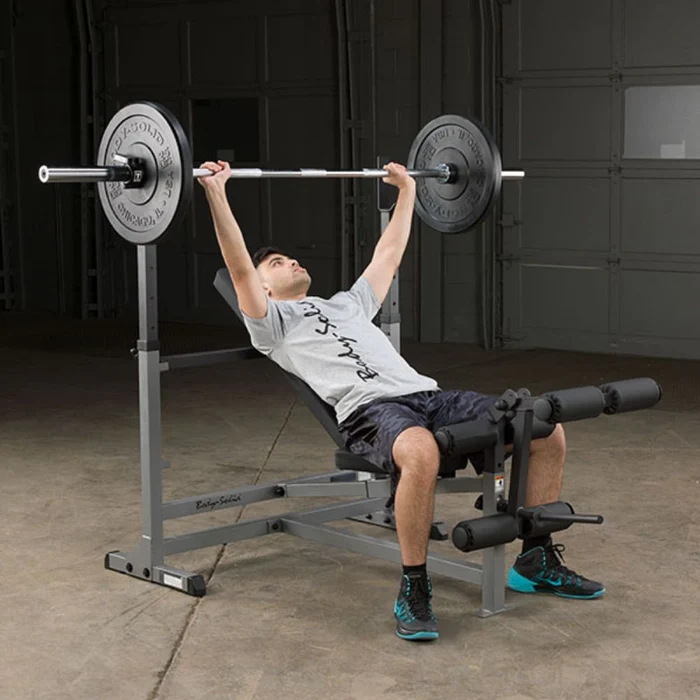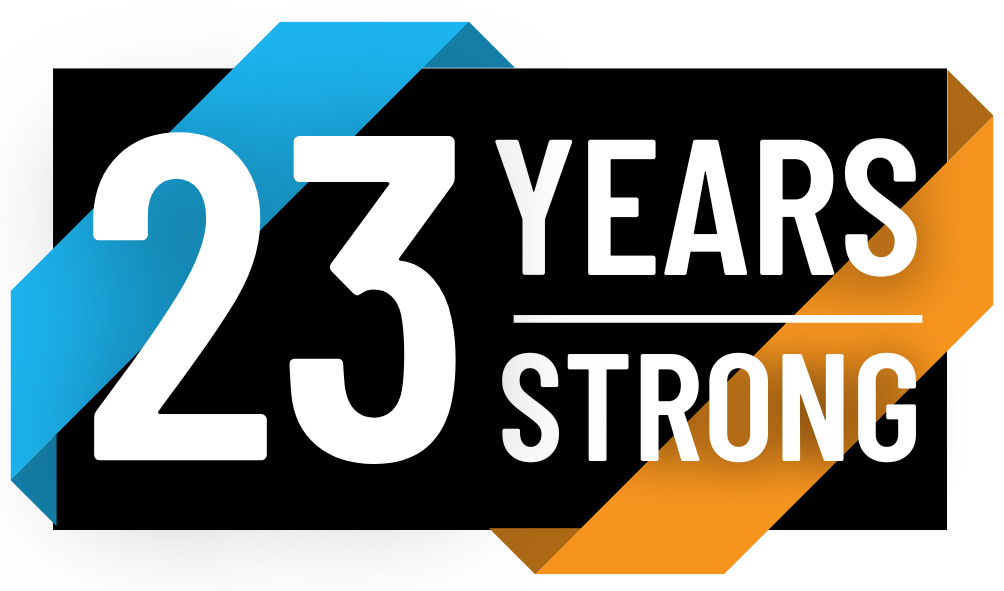
Why a Bench Press Is a Game-Changer for Your Home Gym
When setting up a home gym, it’s easy to get overwhelmed by the sheer number of equipment options. From treadmills and stationary bikes to kettlebells and resistance bands, the choices are endless. However, if you’re serious about strength training and building a versatile workout space, a bench press is one piece of equipment you shouldn’t overlook. Whether you’re a beginner or a seasoned lifter, a bench press can elevate your fitness routine and deliver real results.
In this article, we’ll explore why the bench press is a valuable addition to your home gym, how it benefits your overall strength and muscle development, and what to look for when choosing the right one for your space.
1. What Is a Bench Press?
The bench press is a classic weight training exercise that primarily targets the chest muscles (pectorals), along with the triceps and shoulders. It involves lying on a flat, incline, or decline bench while lifting a barbell or dumbbells vertically. The movement is simple but powerful, and it’s widely used in bodybuilding, powerlifting, and general strength training routines.
There are different types of bench press exercises, including:
- Flat bench press
- Incline bench press
- Decline bench press
- Dumbbell bench press
- Barbell bench press
Each variation emphasizes different parts of the chest and offers unique benefits, making the bench press one of the most versatile tools in any strength training arsenal.
2. Why Add a Bench Press to Your Home Gym?
a. Build Upper Body Strength
The bench press is a compound movement, meaning it works multiple muscle groups simultaneously. This makes it incredibly efficient for building upper body strength, particularly in the chest, shoulders, and triceps. Adding a bench press to your home gym allows you to focus on strength development from the comfort of your own space.
b. Enhance Muscle Growth (Hypertrophy)
For those aiming to increase muscle mass, the bench press is one of the most effective exercises. By progressively overloading the muscles with heavier weights, you can stimulate hypertrophy and see noticeable gains in your upper body physique over time.
c. Improve Athletic Performance
The strength developed through regular bench pressing can translate into better performance in sports and daily activities. Whether you’re pushing an opponent on the field or lifting heavy groceries, a strong upper body gives you an edge.
d. Customizable for All Fitness Levels
One of the best things about the bench press is its adaptability. Beginners can start with lighter dumbbells or a barbell without weights, while advanced lifters can challenge themselves with heavier loads. Incline and decline settings also allow you to shift the emphasis and avoid plateaus.
e. Cost-Effective Investment
Compared to bulky cardio machines or complex home gym setups, a bench press station can be relatively affordable. Many compact and foldable options are available, making it easy to find something that fits your budget and space.
3. What Muscles Does the Bench Press Work?
The bench press is primarily known for targeting the pectoralis major (chest), but it also works several other key muscle groups, including:
- Anterior deltoids (shoulders)
- Triceps brachii (back of the arms)
- Serratus anterior (upper sides of the ribcage)
- Latissimus dorsi (back muscles, during stabilization)
- Core muscles (for balance and posture)
Because it engages so many muscles, the bench press is not only great for aesthetics but also contributes to overall functional strength.
4. Types of Bench Press Equipment for Your Home Gym
There are a few types of bench press setups you can consider for your home gym, depending on your space, budget, and training goals.
a. Flat Bench with Barbell Rack
This traditional setup is ideal for classic bench press training. Make sure the rack is sturdy and adjustable, and that it comes with safety catches for solo workouts.
b. Adjustable Weight Bench
An adjustable bench allows you to perform flat, incline, and decline bench press variations. Pair it with dumbbells or a power rack for added flexibility.
c. Smith Machine Bench Press
If you’re concerned about safety, a Smith machine can provide guided motion and added security, especially when lifting heavy weights alone.
d. All-in-One Home Gym Systems
Some compact home gym systems include a bench press station, leg developer, and cable pulleys all in one. These are perfect for small spaces and multifunctional training.
5. Tips for Safe and Effective Bench Press Workouts
- Warm up properly before lifting to prevent injury.
- Use proper form: feet flat on the floor, back arched slightly, shoulder blades retracted.
- Start with lighter weights and focus on technique.
- Use a spotter or safety bars if lifting heavy, especially with a barbell.
- Breathe consistently — inhale as you lower the bar, exhale as you press it up.
By following these guidelines, you’ll maximize your gains and reduce the risk of injury.
6. Bench Press Workout Ideas for Home Gyms
Here are a few sample bench press routines you can incorporate into your home workouts:
Beginner Bench Press Routine (2–3x per week):
- Flat dumbbell bench press – 3 sets of 10–12 reps
- Incline dumbbell bench press – 3 sets of 8–10 reps
- Push-ups – 3 sets of 15–20 reps
Intermediate Routine:
- Barbell bench press – 4 sets of 6–8 reps
- Incline dumbbell press – 3 sets of 10 reps
- Dumbbell flys – 3 sets of 12 reps
- Triceps dips – 3 sets to failure
Advanced Routine:
- Heavy barbell bench press – 5 sets of 3–5 reps
- Incline barbell press – 4 sets of 6 reps
- Close-grip bench press – 3 sets of 8 reps
- Superset: Dumbbell flys + push-ups – 3 rounds
7. Final Thoughts: Is a Bench Press Right for You?
If you’re serious about getting stronger, building muscle, and improving your overall fitness, a bench press is a must-have for your home gym. It offers versatility, effectiveness, and long-term value — all without the need for a gym membership.
By choosing the right bench press setup and incorporating it into a consistent routine, you’ll not only see visible results but also gain the confidence that comes with building real strength. It’s an investment in your health and performance that pays off every time you press that bar.

